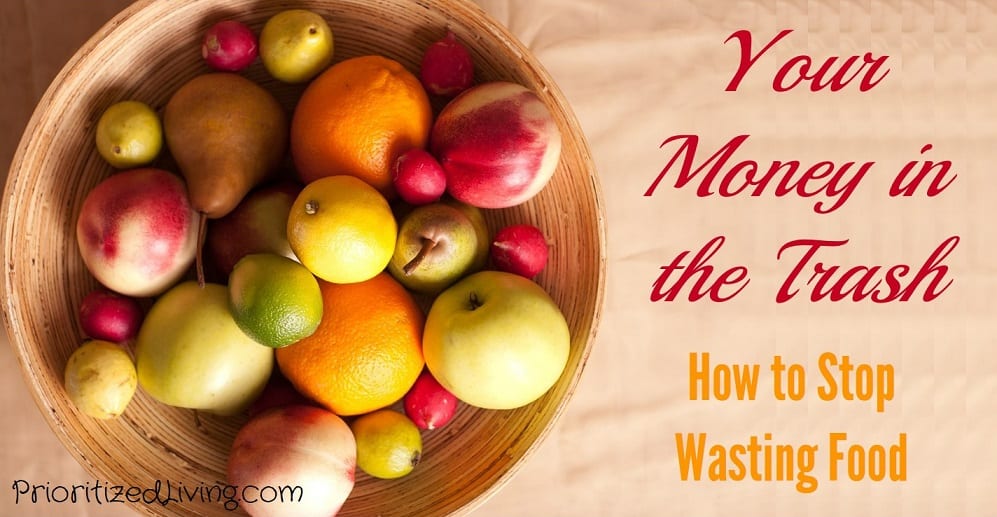Note: This post contains affiliate links. Read my policy here.
In Part 1 of this series, we looked at how you can stop food waste — and money waste — by making a meal plan, being realistic about what you eat, and making your food visible.
I even recommended some food storage containers that not only allow you to see your food as it happily awaits your return to the fridge but also double as dishes for reheating. Speaking of which . . .
4. Love your leftovers.
Leftovers get a bad rap, because some foods are abysmal when reheated. Hamburgers and oatmeal, for instance, should always be cooked to order. However, you can reheat countless main courses and side dishes while having them taste just as good — or better! — than the first day.
By adding meals of leftovers into your meal plan, you’ll save time in shopping for ingredients, planning your menu, and preparing your meals.
The trick to successful resurrection of your leftovers is giving them a head-start whenever possible. If you try to reheat chicken straight from the fridge to a toasty temperature, you’ll wind up with dry rubber. Pull your leftover dish out of the fridge at least a half hour before you plan to warm it. Microwave gently or place into a warm oven until your meal is just hot enough.
Plenty of dishes aren’t quite so sensitive, provided you give them a little moisture to bring back the magic. Have leftover rice or pasta? Add a small amount of water, cover with wax paper to stave off evaporation, and microwave until warm. Stir well to bring your food back to life.
5. Get acquainted with your freezer.
Your freezer is hands-down one of the best money-saving appliances you own and an incredible tool in keeping your food out of the trash can.
You probably already freeze raw ingredients like raw meats and frozen vegetables until you’re ready to defrost and cook them. Get creative though!
Make a big pot of pasta sauce and freeze it in batches for later use. Buy extra bread, rolls, bagels, or even canned biscuits when they’re on sale and keep them fresh in the freezer. Cook up a huge stack of waffles, pancakes, or French toast for your kids to pop in the microwave for a quick breakfast. For your littlest person, freeze ready-to-go baby food.
Now kick it up a notch by freezing full-blown meals. These are not leftovers.
Instead, you do all of the prep work for your food but hold off on the final bake. Prep your favorite casserole, whip up your tastiest oven-cooked chicken dish, or build a lasagna. Instead of popping it into the oven, cover the dish with freezer foil, label it, and ease it into your freezer. Defrost a day or two before you’re ready to cook and eat it!
Not sure how long a particular food will keep in your freezer? Click here to look it up!
6. Grow it yourself.
If you have a green thumb and some yard space or a sunny sill, consider growing some of your favorite foods. Start with a seed or a young plant, and follow the plant’s directions for helping it to thrive.
When you need some lettuce, parsley, or beans, head over to your plant and pick just what you need! If you wind up with an abundant harvest of tomatoes, start creating tomato-intensive meal-plans for your family, give tomatoes to all of your friends, swap with other gardeners, or sell your excess locally.
How do you prevent food waste in your home?

Leave a Reply